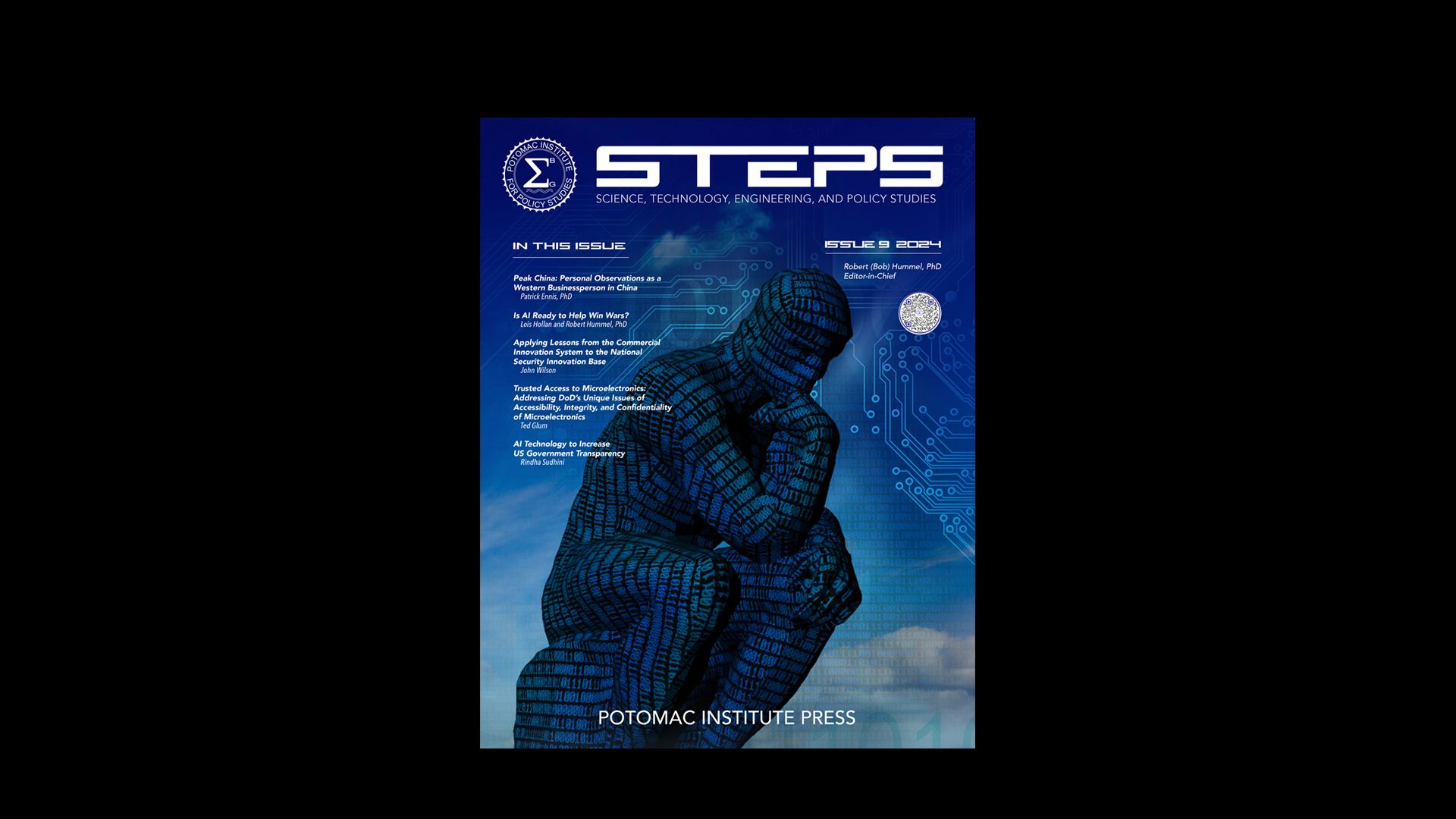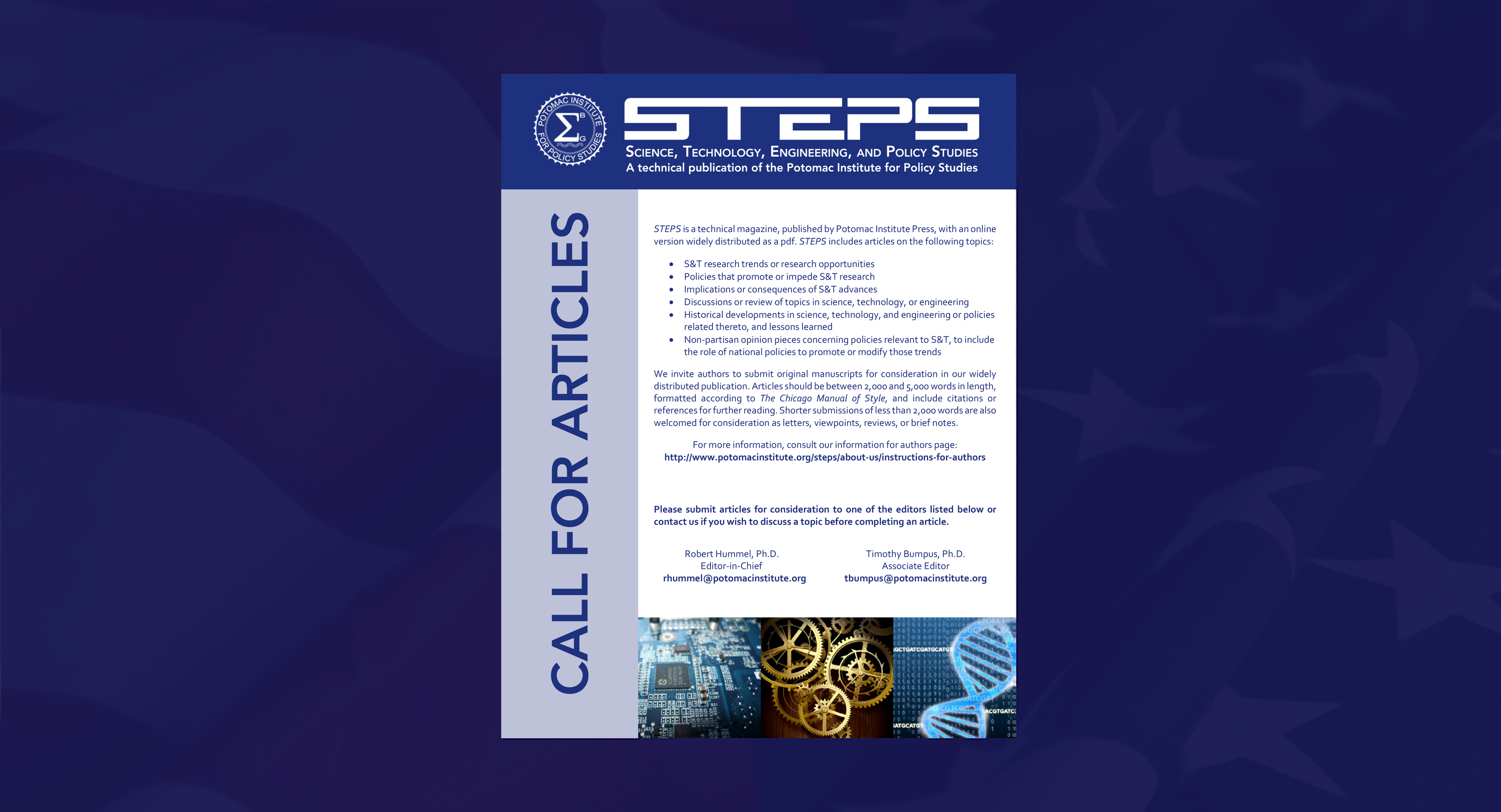Over the next few weeks, we here at the Potomac Institute for Policy Studies will be sharing 20 interesting facts and anecdotes that we've accumulated over the past two decades. We look forward to another 20 years serving our country through providing guidance in the world of science and technology policy and innovation. Please enjoy one of our 20 interesting facts today:
The Potomac Institute for Policy Studies conducted an extensive study on WMD that was initiated by Dr. David Kay, Chief Weapons Inspector and received by the sitting President in 2005.
On the brink of war, and in front of the whole world, the United States government asserted that Saddam Hussein had reconstituted his nuclear weapons program, had biological weapons and mobile biological weapon production facilities, and had stockpiled and was producing chemical weapons.
While the intelligence services of many other nations also thought that Iraq had WMD, in the end it was the United States that put its credibility on the line, making this one of the most public – and most damaging – intelligence failures in recent American history.
Dr. David Kay, former Chief Weapons Inspector of the Iraq Survey Group, first initiated this study, which was rewritten to omit classified information. It focused on two primary questions: What are the primary technology gaps associated with WMD Detection, and what are new, unexplored areas of research that, if given significant support by DARPA, could result in a set of capabilities that would give the US the ability to detect WMD capabilities in a number of different political and geographic environments, from a variety of ranges?
The goal of this study was to answer the following questions posited by Dr. Anthony Tether, DARPA’s Director: “Unconstrained by current concepts and technology, what are the good, new ideas that could improve the US’ ability to find WMD, but that are not being pursued?”
This extensive report offers recommendations for improving the US Intelligence Community and this report is offering extensive details on what they believe to be key problems with the WMD detection.

















